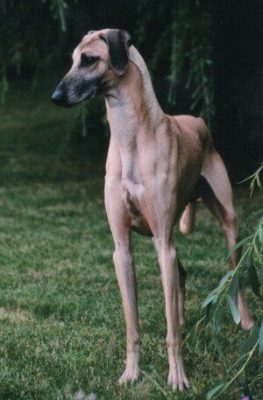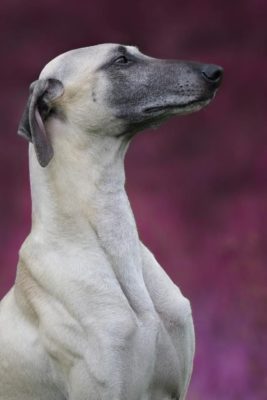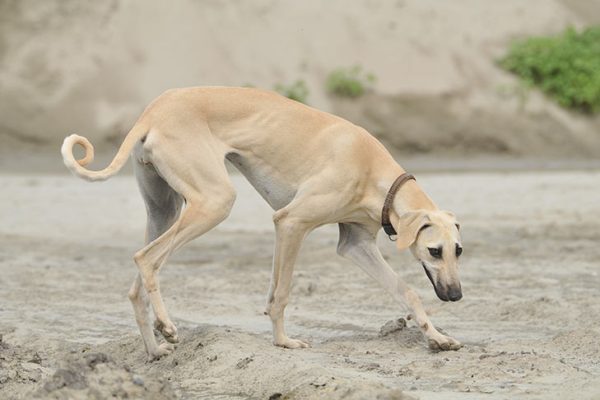Sloughi
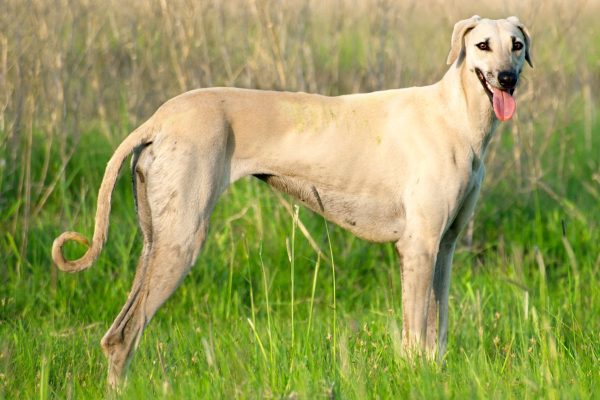
Sloughis traditionally lived close to people and served as guard dogs and hunting dogs, so they have not lost these qualities. Arabian Greyhound is devoted to its family and loves it with all its soul. It is closely related to its family, so it is emotionally difficult to bear their long departure. To strangers, the dog is not only aloof but also aggressive. In the hunt, the sleuth faithfully serves its master and will follow all his instructions, which is not the case in everyday life.
Table of Contents
Breed Information
| Another Name | Uskay (Oska), Berber Greyhound, Arabian Greyhound, Sloughi Mughrabi |
| Origin | North Africa |
| Height | Males 66-72 cm Females 61-68 cm |
| Weight | Males 66-72 kg Females 61-68 kg |
| Fur | Short |
| Color | Black, tiger, yellowish-brown |
| Lifespan | 12-16 years |
| FCI Classification | Sighthounds |
| Group | Hunting dogs, guard dogs |
| Price | From $500 |
Breed Photos
Origin History
The Sloughi, also known as the Arabian Greyhound, is famous for its ancient history. Since time immemorial, the Sloughi breed has inhabited North African countries such as Tunisia, Algeria, Libya, and Morocco. In Tunisia, rock carvings of dogs with floppy ears that look like Sloughis have been found. It is unknown exactly when these images appeared, but it is speculated that between 5,000 and 7,000 B.C. A find for archaeologists in Egypt was a mummy of Sloughi dogs found in 1908. The ancestors of the Sloughi were the dogs that inhabited the Middle East.
It is fair to assume that the Berbers were the Sloughi breed’s creators, but nomadic Bedouins also held these dogs in high esteem. According to the Muslim religion, the dog is an “unclean” animal and cannot live with humans under the same roof. However, Sloughis had an incredible privilege. The French general and writer Melchior Doma visited Algeria in 1835 and described the salivas for the first time. He said that the salivas were kept in Bedouin tents with the people. The dogs were studded with gold and precious stones and were always warm and fed with the best meat. Sometimes women fed the puppies with their breast milk. Bedouins used Sloughis to hunt gazelles, foxes, wild pigs, and hares. Because of their developed territorial instinct, they could be classified as guard dogs.
Mica was introduced to Europe in the second half of the 19th century. In the twentieth century, salivas appeared in Germany and Holland. World War II took the lives of many people and dogs, among which were salivas. After the ban on hunting, the Arabian Greyhound lost its main function. The dog was used as a guardian of herds – it was no longer necessary to maintain the breed’s purity. As a result, only 210 purebred hounds remained in the 1970s. Algeria and Morocco took measures to limit the export of the Sloughi, forming a modern herd there. Even today, the Arabian Greyhound remains an unusual dog in the world.
Appearance
Sloughis are often confused with Saluki dogs. On the surface, Sloughis may appear to be short-haired Salukis, but it has been proven that genetically these dogs are different. The elegance of the Sloughi is evident in everything: in its gait, in its gaze, and its manners. The Arabian Greyhound is tall due to its long limbs. The great speed of the salivas depends not on muscle mass but rather on the limbs’ spread.
The dog’s back is straight, and his abdomen is strongly taut. The skin is so thin and tight around the body that the outline of strong muscles and strong bones can be seen through it. The Arabian Greyhound tail is long and never rises above the body when chasing prey, ensuring high maneuverability. The head is wedge-shaped, narrowing towards the nose. Although the dog’s muzzle looks graceful, the jaw is quite strong. The eyes are dark, slightly sad, and melancholic. The ears are long, set high, triangular in shape, hanging down loosely.
Character
Sloughis traditionally lived close to people and served as guard dogs and hunting dogs, so they have not lost these qualities. Arabian Greyhound is devoted to its family and loves it with all its soul. It is closely related to its family, so it is emotionally difficult to bear their long departure. To strangers, the dog is not only aloof but also aggressive. In the hunt, the sleuth faithfully serves its master and will follow all his instructions, which is not the case in everyday life. The Arabian Greyhound prefers comfort but will calmly survive in the harsh conditions of heat. In the company of small pets, the Sloughi may turn on the stalking instinct. The dog is patient with children, but supervision is recommended to guarantee their safe interaction.
Care
The Arabian Greyhound’s grooming requirements are extremely simple. You won’t have to fuss with your dog’s hair for a long time: wipe it with a soft towel to remove excess hair. Judging by its tidiness, the Sloughi is often compared to a cat because the dog itself is pretty good at maintaining its groomed appearance. Mica’s thin skin may need extra care in the form of sunscreen for dogs. Your dog’s teeth should be cleaned of plaque and calculus weekly with a special toothpaste.
Training
The Arabian Greyhound is highly intelligent and can decide for itself how to act. Sloughi is stubborn and unyielding in training: they must truly respect their master to obey him. Dogs of this breed are sensitive to criticism, so the owner must be as patient as possible. Arabian Greyhound is incredibly fond of sports exercises, so it should be provided with them, if possible.
Common Diseases
Sloughis are very healthy dogs, but there are a few diseases that can occur in this breed. The most common diseases of the Sloughi breed of dog:
- Addison’s disease;
- osteosarcoma;
- stomach congestion;
- progressive retinal atrophy.
Nutrition
Sloughis are not the kind of dog that will eat whatever is put in his bowl. The dog needs to be provided with animal protein daily to maintain fitness. The Arabian Greyhound’s diet should consist of meat, by-products, vegetables, fruits, fermented dairy products, and eggs.
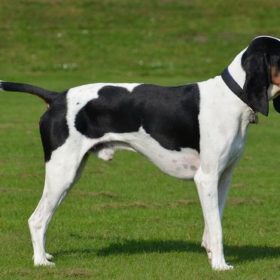 Bernese Hound
Bernese Hound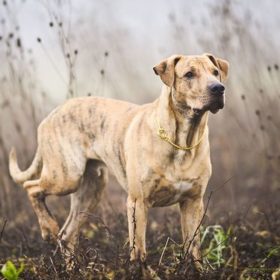 Cimarrón Uruguayo
Cimarrón Uruguayo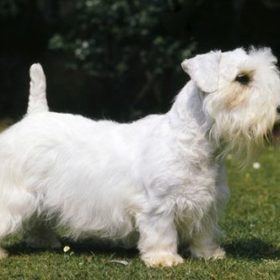 Sealyham Terrier
Sealyham Terrier Small Münsterländer
Small Münsterländer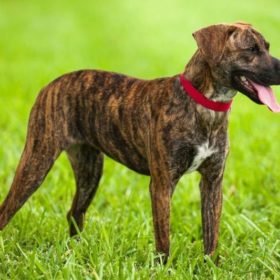 Treeing Tennessee Brindle
Treeing Tennessee Brindle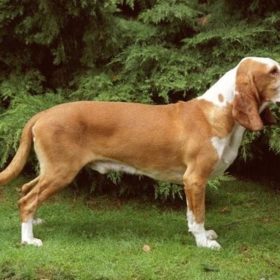 Sabueso Español
Sabueso Español